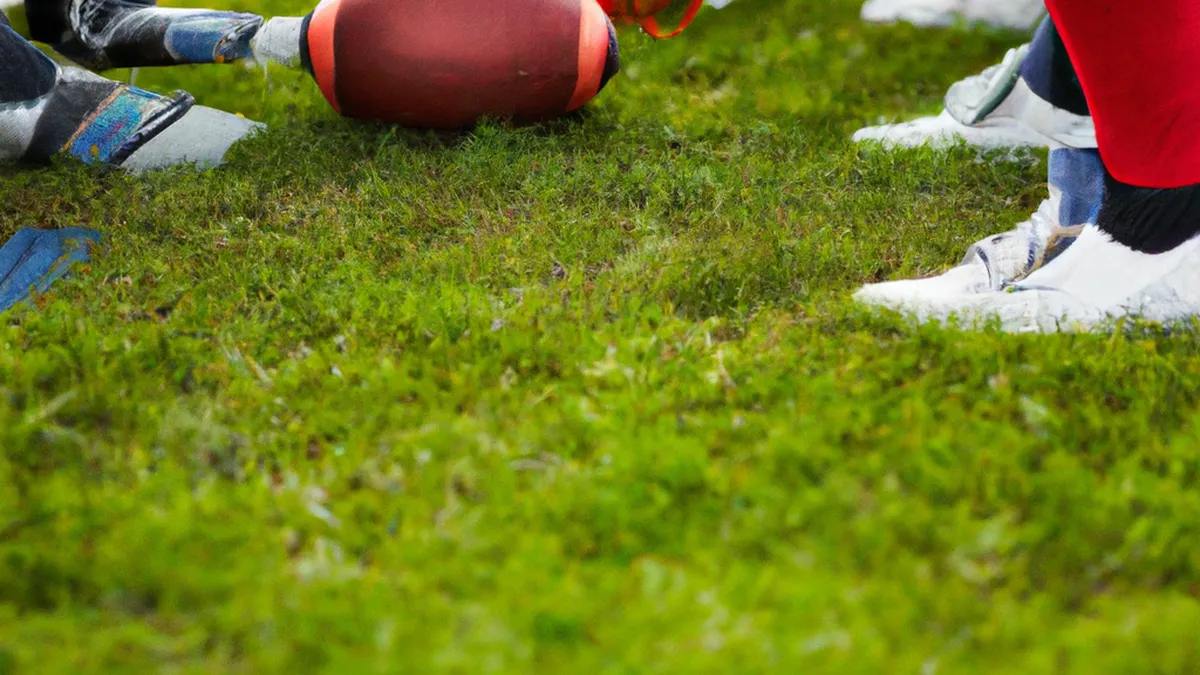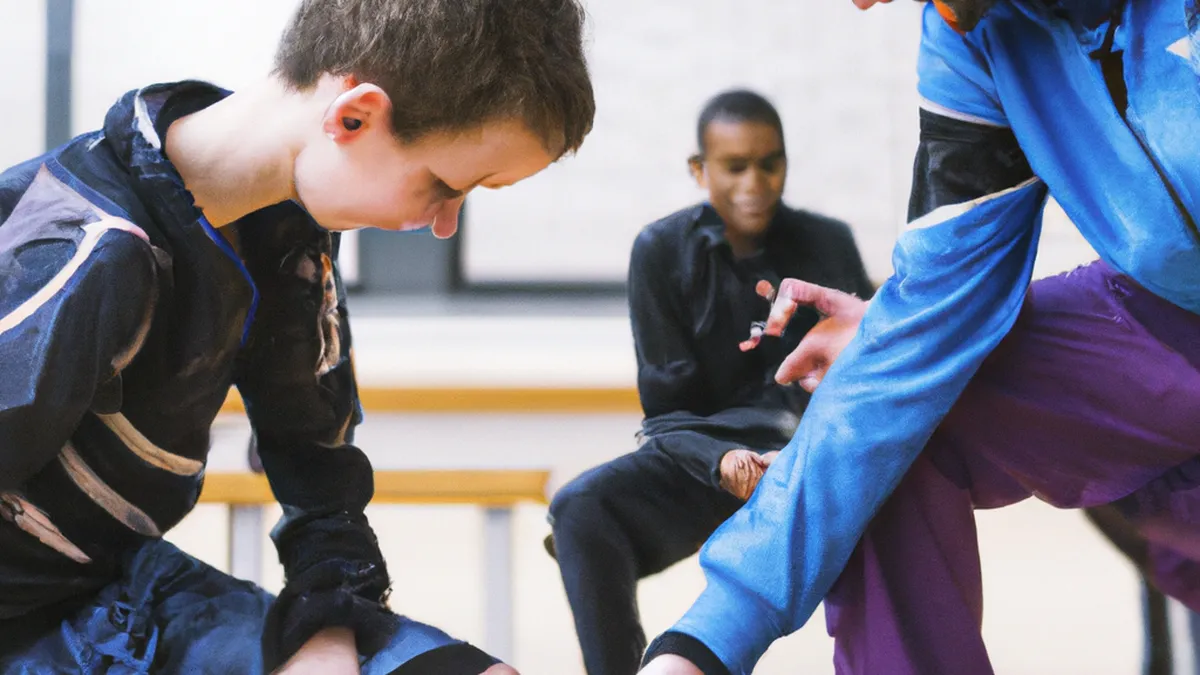Incorporate Active Isolated Stretching (Skeleton)
Stretching Methodologies: Unlocking Your Body’s PotentialStretching plays a vital role in fitness. It enhances flexibility, improves range of motion, and prepares your body for activity. Not all stretching methods offer the same benefits. This blog explores various stretching methodologies, their advantages, and tips for your routine. Understanding these methods can boost your performance and reduce injury risk.
Understanding Different Stretching Methodologies
You can classify stretching into several methodologies, each with unique benefits. Here are four primary types of stretching:
Static Stretching
Static stretching involves holding a position for 15 to 60 seconds. This method suits cool-downs after workouts. It relaxes muscles and improves flexibility by elongating muscle fibers and connective tissues. You can perform static stretches on various muscle groups. For example, touch your toes or hold a quadriceps stretch while standing.**Benefits of Static Stretching:**- Enhances flexibility and joint range of motion.- Promotes relaxation and reduces muscle tension.- Aids recovery by increasing blood flow to muscles post-exercise.
Dynamic Stretching
Dynamic stretching incorporates controlled leg and arm swings. This method gently takes you to your range of motion limits. It warms up your body by activating muscles and increasing blood flow. Dynamic stretching prepares you for exercise and improves athletic performance. Examples include walking lunges, arm circles, and high knees.**Benefits of Dynamic Stretching:**- Increases muscle temperature and elasticity.- Prepares your nervous system for activity, enhancing coordination.- Reduces injury risk by preparing muscles for exercise demands.
PNF Stretching
Proprioceptive Neuromuscular Facilitation (PNF) stretching combines passive and active techniques. A partner often assists with this method. The process involves stretching a muscle, contracting it against resistance, and then stretching again. PNF effectively increases flexibility and strength, commonly used in rehabilitation. For instance, a partner can help push your leg into a stretch while you resist.**Benefits of PNF Stretching:**- Significantly improves flexibility in a short time.- Engages the muscle and nervous system to enhance strength.- Useful in rehabilitation, helping restore movement and function.
Ballistic Stretching
Ballistic stretching uses momentum to push your body into a stretch. This method involves bouncing movements that may increase flexibility. However, it carries a higher risk of injury due to uncontrolled movements.
Conclusion
As an Amazon Associate I earn from qualifying purchases.
Gear tip: consider compression sleeves, compression socks, and percussive massager to support this topic.
In summary, understanding different stretching methodologies can enhance your fitness routine. Each method offers unique benefits, so choose wisely to maximize your performance and minimize injury.
Below are related products based on this post:
FAQ
What is static stretching?
Static stretching involves holding a position for 15 to 60 seconds to relax muscles and improve flexibility. It is typically used as a cool-down method after workouts. This technique elongates muscle fibers and connective tissues, making it effective for enhancing joint range of motion.
What are the benefits of dynamic stretching?
Dynamic stretching increases muscle temperature and elasticity while preparing the nervous system for activity. It enhances coordination and reduces the risk of injury by activating muscles and increasing blood flow before exercise. Examples include walking lunges and high knees.
How does PNF stretching work?
Proprioceptive Neuromuscular Facilitation (PNF) stretching combines passive and active techniques, often with a partner’s assistance. It involves stretching a muscle, contracting it against resistance, and then stretching again, which effectively increases flexibility and strength. This method is particularly useful in rehabilitation settings.















Post Comment